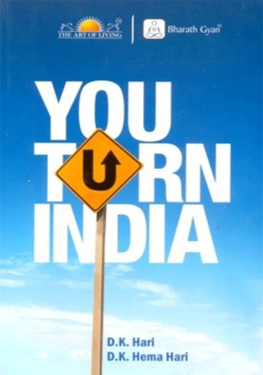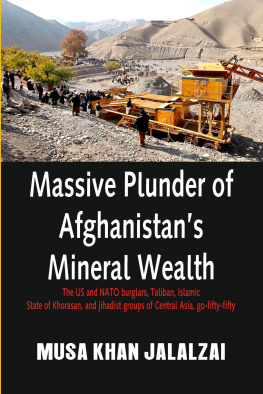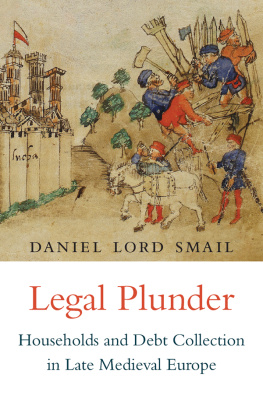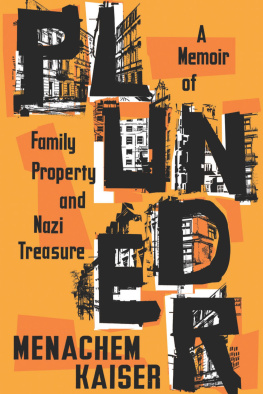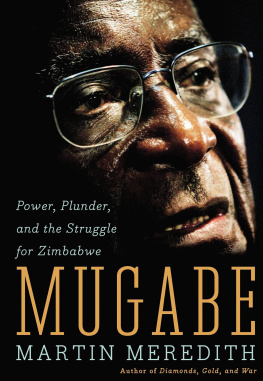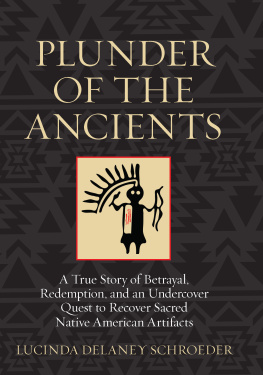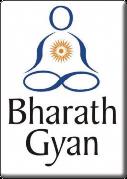YOU TURN INDIA
D.K. HARI
D.K. HEMA HARI
Bharath Gyan Series
Original title : You Turn India
First Edition : May 2011
Second Edition : August 2011
Copyrights 2011 Bharath Gyan & Sri Sri Publications Trust All rights reserved.
Graphics, Design & Layout : Bharath Gyan Studio
Published by :
Sri Sri Publications Trust
Art of Living International Centre
21 st km, Kanakapura Road, P.O. Udayapura,
Bangalore - 560082. INDIA
Tel. +91 80 327 22 473
info@srisripublications.com
No part of this book may be reproduced or transmitted in any form or by any means, electronic or mechanical, including photocopying, recording, or any information storage or retrieval system without prior permission in writing from the publisher.
Printed by :
Elegant Printing Works, No. 74 & 75 South End Road,
Bangalore - 560 004.
Phone: +91-80-2661 5507 / 2667 4008
eISBN 978 9 351 06640 8
Benedictory Note
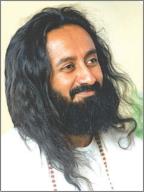
H.H. Sri Sri Ravi Shankar Founder - Art of Living
C orruption begins where the sense of belongingness ends. As the sense of belongingness grows, we feel responsible for everyone and everything. It then becomes difficult to cheat or deceive, as you know that the person on the receiving end is after all your own. This feeling of belongingness increases through spirituality which makes one recognise everyone as their own.Of late, I have been speaking about Scam India and Slum India. Scams and slums in India are but two sides of the same coin. The scams that have occurred have kept India a poor nation which manifests in the poverty and the slums that we have.
If only we could remove the scar of the scams, India would be prosperous once again.
This book You Turn India by D.K. Hari and Hema Hari addresses this issue head on and unravels the root of the problem. It offers a practical solution to bring back the black money to India and how such monies once brought back can be deployed in invigorating the economy by harnessing the waters of the land.
This could prove to be a boon for the future generations.
15 th April, 2011
Bengaluru, India.
About Bharath Gyan
B harath Gyan has been collating specific, scientific knowledge of India, using ancient knowledge sources and modern scientific tools and methods, from a present day perspective and relevance.
The knowledge of the Indian civilization is available scattered in various forms books, manuscripts, oral tradition amongst scholars, various art forms, customs and traditions of the land.
The current generation faces a barrier while reaching out to this knowledge due to the limited availability and access to such resources, the ancient languages and the style of expression used, the approach to the subjects, all of which are in contrast to the present day system of expression or understanding.
In Bharath Gyan, as part of our quest for the specific scientific knowledge and practices of the civilization, we have come across many stories, ideas, views, theories, factual events and statements.
With the help of traditional scholars with a modern bent of mind and modern scientists open to traditional knowledge systems, we have endeavoured to carefully sift through all this data, with an inquisitive, rational, logical and scientific mind to understand the knowledge from a fresh interdisciplinary perspective. The outcome of this analysis is the compilation of Bharath Gyan.
Over 10 years, spanning across 108 subjects, the independent facts and data collated, self validate and corroborate each other beautifully in this compilation, as pieces of a jigsaw.
Bharath Gyan, a not for profit, research organization, is in the process of bringing this knowledge out through far reaching and engaging mediums so that it can be easily understood and enjoyed by all across the world.
The objective is to bring out this knowledge and wisdom, in relevance to current day topics of interest, trials and tribulations faced by Indians as well as the world.
Besides filling the readers with wonder at the not-so-commonly known scientific facets of our ancient civilization, it is hoped that this knowledge and approach of the ancients will kindle or aid future research for the benefit of science and mankind.
Can we make the past converge with the present for the future?
Ours is perhaps not the first effort in this direction, neither should it be the last
As one of the initiatives, Bharath Gyan, encouraged by His Holiness Sri Sri Ravishankar, has entered into an alliance with The Art of Living to jointly repurpose the compiled knowledge into various knowledge products for dissemination to the community at large.
Our website www.bharathgyan.com provides more insights into our activities.
Preface
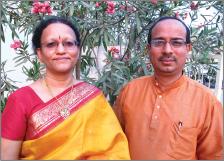
The Authors, D.K. Hema Hari and D.K. Hari Conceptualizers, Bharath Gyan
I n the last 100 years,various books on India, both historical and otherwise have repeatedly focussed on the wars and conquests rather than the richness of this land, its people and culture. Consequently, there exists a perception, widely prevalent amongst all, that India has always been a poor country. In the last few decades, we have also been referred to as a 3 rd world country.
If we look around anywhere in India, images of poverty hit us glaringly. So, what we read in the books tallies with what we see in reality, further substantiating the perception, that India is a poor country.
Yet our elders and traditional legends constantly speak of a Golden era in Indias ancient past. The various large, ornate ancient temples and monuments in India, are testaments of a different period filled with sophisticated workmanship, tastes and wealth.
So, are the stories and beliefs of Indian riches a myth or a reality?
In the last few decades, Indias sudden, huge, upward economic trend has surprised not just the economists of the world, but the Indians themselves. In our opinion, this economic surge is not a flash in the pan or an out of norm phenomenon, but a manifestation of the inherent nature of the nation for wealth generation, covering a wide spectrum of industries from agriculture and manufacturing, to services and tourism.
It is this intrinsic quality, coupled with the time tested knowledge of the ancients, that made India an economic powerhouse of the world and a wealthy, prosperous civilization for many centuries, albeit in the last 200 years. This has been repeatedly borne out by the various observations chronicled in the pages of history, if we care to see.
When we take the effort to look back at our past, the wholistic history of India, we discover that India had abundant all round wealth for the last few thousand years. Infact, we have recurring recordings of the people who have lived in India and visitors as well to India, who have repeatedly spoken of India as a very prosperous land that knew no poverty. India, from these descriptions, seems to have been one of the richest lands of the world.
If that was the reality, then how did India come to become a nation stricken with poverty? How did India get classified as a 3 rd world country?
In this book, we examine the secret of Indias prosperity for many 1000s of years and examine how the repeated political and economical onslaughts have drained India of a substantial portion of its wealth in the last millennium.

